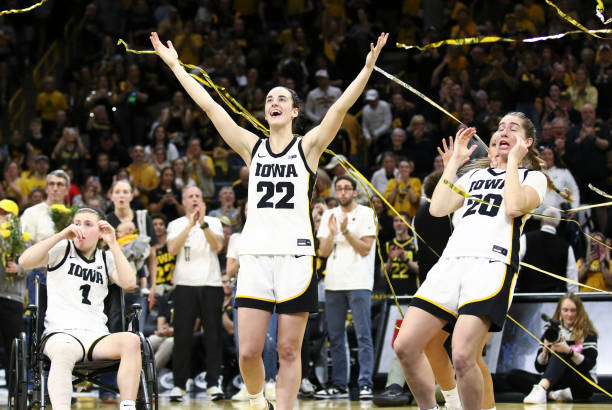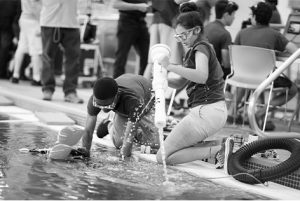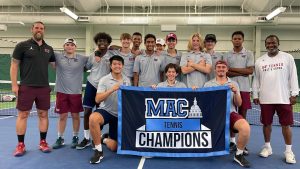Female Students Inspired To Pursue Careers in STEM
As reported by the American Association of University Women, only 28% of the STEM workforce is female. This gender gap is evident in some of the fastest-growing and highest-paying industries in the field, such as computer science and engineering.
Stereotypes of scientists and engineers as men make it difficult for women to be respected in the STEM workforce. Women in these positions are seen as less likable and inferior to men, according to Western Governors University (WGU). Male dominance makes it challenging for a woman’s competence and intellect to be respected. In addition, women often face unfriendly work environments.
WGU also highlights the lack of female role models for young girls interested in STEM. In order for more girls to pursue STEM careers, there needs to be greater representation for women in STEM.
At Sidwell, the Girls Rising in Technology (GRIT) Club hopes to provide this much needed mentorship to girls in STEM Fields. Junior Mallory Stack, a GRIT head, became interested in STEM while listening to her older female cousin speak about her career as an aerospace engineer. Her cousin’s passion for engineering sparked an interest for her in STEM as well.
Stack believes that STEM “allows you to think critically and promotes new ways of thinking,” and that those who pursue STEM fields are “people who are unafraid to experiment and think outside of what was previously acceptable.”
To motivate young girls to participate in STEM, Stack believes that mentorship is key.
“It’s important to have strong role models who encourage you to enroll in STEM classes and pursue your passions,” she said.
Because of Stack’s introduction to STEM at an early age, she quickly became passionate about the field. She believes the same could happen for other girls if they are exposed to more female STEM role models.
Stack’s advice for girls interested in STEM is to not be afraid to take risks and speak up. She wants girls to know that “curiosity, determination and passion are significantly more important than being the best.”
Another GRIT head, senior Sofia Flores, became passionate about STEM when she joined the robotics team during her freshman year at Sidwell. She credits this experience with helping her understand the interdisciplinary nature of STEM. Flores’s favorite aspects of STEM have been learning to ask for help and working collectively with others, both of which she believes are underrated parts of the field.
Flores also writes for “Gxrls in STEM,” an award winning student magazine focused on empowering female and non-binary high schoolers around the world to pursue their passions in STEM.
“Looking out for fellow women in STEM and encouraging them to be assertive is one of the best ways to support women in STEM fields,” Flores said.
Young girls and women interested in STEM fields continue to face major obstacles, but the Sidwell community has worked collaboratively to overcome these challenges. The school also provides opportunities – like GRIT– which enables girls to participate in STEM-related activities and find role models in the field.
For female students to pursue their passions in STEM, stereotypes that male students are better at STEM subjects than female students must be rejected and rethought.
Flores hopes to encourage more men to care about gender disparities, and her advice to young girls is “to remember that every perspective is valuable, including your own, and to not underestimate your ability to learn and contribute.”
Your donation will support the student journalists of Sidwell Friends School. Your contribution will allow us to purchase equipment and cover our annual website hosting costs.

Lilah Baez is currently a News Editor for Horizon. Prior to this, she worked as a Staff Writer for the newspaper.
























































